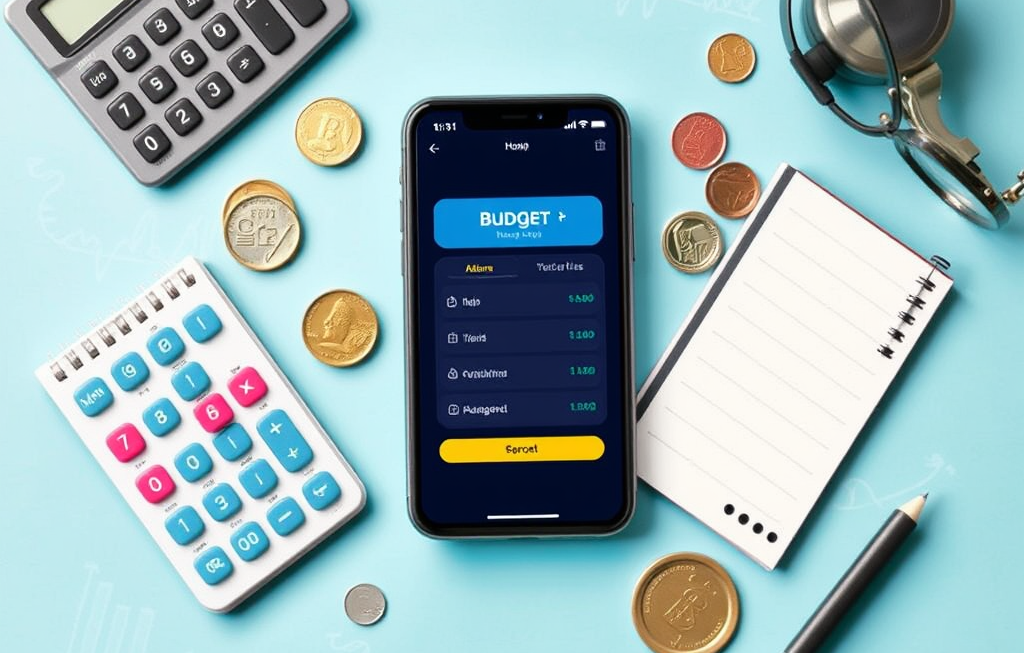Family Budgeting Tips Keeping family finances under control may seem like a complicated task, but with simple and disciplined strategies, it is possible to ensure financial stability and achieve your goals. A family budget is a powerful tool for monitoring income and expenses, setting priorities, and avoiding unnecessary debt. Below, we explore the best tips for organizing a family budget, along with a table to help with structuring.
1. Understand Your Current Financial Situation
Before any planning, it’s essential to understand where your income comes from and where your expenses are going.
Table: Example of Monthly Income and Expenses
| Category | Income ($) | Expense ($) | Balance ($) |
|---|---|---|---|
| Main Salary | 6,000 | – | 6,000 |
| Secondary Income | 2,000 | – | 2,000 |
| Housing | – | 2,500 | -2,500 |
| Food | – | 1,200 | -1,200 |
| Transportation | – | 800 | -800 |
| Leisure and Others | – | 500 | -500 |
| Totals | 8,000 | 5,000 | 3,000 |
2. Set Clear and Realistic Goals
Organizing your budget starts with concrete objectives, such as paying off debt, saving for emergencies, or investing in education.
Examples:
- Short-term goal: Save $300 per month.
- Long-term goal: Build an emergency fund equivalent to six months of expenses.
3. Allocate Your Income Using the 50-30-20 Rule
An effective technique is to divide your net income into three main categories:
- 50% for essentials: Housing, food, transportation, healthcare.
- 30% for wants: Leisure, hobbies, travel.
- 20% for savings or investments: Emergency fund, retirement plans, financial applications.
Pie Chart Suggestion: Income Distribution
- 50% Essentials
- 30% Wants
- 20% Savings/Investments
4. Reduce Non-Essential Expenses
Small changes can have a big impact on your family budget. For example:
- Swap eating out for home-cooked meals.
- Cut back on subscriptions and services that aren’t essential.
- Compare prices before shopping, looking for promotions and deals.
Table: Spending Comparison Before and After Cuts
| Category | Before ($) | After ($) | Savings ($) |
|---|---|---|---|
| Eating Out | 600 | 200 | 400 |
| Streaming Subscriptions | 150 | 70 | 80 |
| Total | 750 | 270 | 480 |
5. Use Financial Management Tools
Technology is an ally in financial organization. There are several free apps that allow you to track your expenses and income practically and efficiently, such as:
- Mobills
- GuiaBolso
- Organizze
Alternatively, creating a personalized spreadsheet in Excel or Google Sheets is an accessible option for those who prefer manual control.
6. Prepare for Variable Expenses
Expenses like birthdays, unexpected repairs, or seasonal purchases can destabilize your budget. To avoid this, create a fund for occasional expenses and be prepared.
Practical Tip: Reserve 5% of your monthly income for unforeseen events.
Common Questions About Family Budgeting
How can I avoid spending more than I earn?
A: Track all your expenses and avoid impulsive purchases. Set a clear limit for discretionary spending.
How can I save on a tight budget?
A: Focus on cutting non-essential expenses, like excessive leisure activities, and prioritize essential needs.
What is an emergency fund, and how can I create one?
A: It’s money saved for unexpected situations, equivalent to 3-6 months of fixed expenses. Start by saving small amounts monthly.
Should I invest even with debt?
A: Prioritize paying off high-interest debt before investing.
👉 Now it’s your turn: Do you already apply these tips to your family budget? What strategies have worked best for you?




